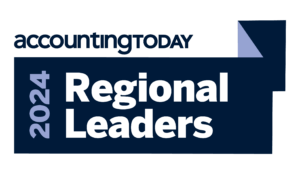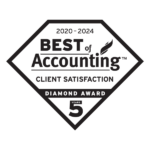As we enter the fourth industrial revolution, technology continues to advance at a rate never before seen. Every day, driverless Ubers cruise the streets of Pittsburgh, Alexas chatter in the kitchen, and Roombas clean our carpets. This new emerging artificial intelligence (AI) technology is not only a convenience in our lives, it’s also creating opportunities within various industries and reshaping the way companies operate.
AI, in its basic definition, represents the capacity for machines to perform tasks that have typically required human intelligence, like problem solving, learning, perceiving and reasoning. The idea behind AI is that it will learn similar to how a human learns – from experience. The benefit to having machines be able to teach themselves is that they won’t need to be continually programmed and will be able to readily adapt to future trends.
Companies can use machine-learning tools for a wide variety of tasks, including classification, clustering and regression. Classification involves training a machine to recognize patterns in data, which can be used for detecting reconciling items and recommending actions to take for that item. Clustering consists of training a machine to detect individual data instances that have similar characteristics, a task that can improve fraud detection. By training a machine on regression, predicting the next value in a sequence, forecasts can be more accurate. In short, the use of AI will vastly improve the quality of data analytics.
How does this affect the auditing profession? Although AI may help optimize a company’s processes, there are many risks to consider, including:
- Roles and responsibilities for data ownership for AI implementations are ambiguous
- Data privacy and security over the use AI is insufficient
- Lack of oversight and accountability over the governance structure of AI activities; governance structure lacks alignment with company values
- AI roles and responsibilities relative to the AI strategy and key performance measures are unclear
- Lack of policies and procedures for oversight and continued monitoring for risk management, ethics, compliance, information privacy and security related to AI
While AI is still in the early phases, it will have many uses in the near future, and it’s imperative that auditors and their clients are aware of the risks associated with the technology.






